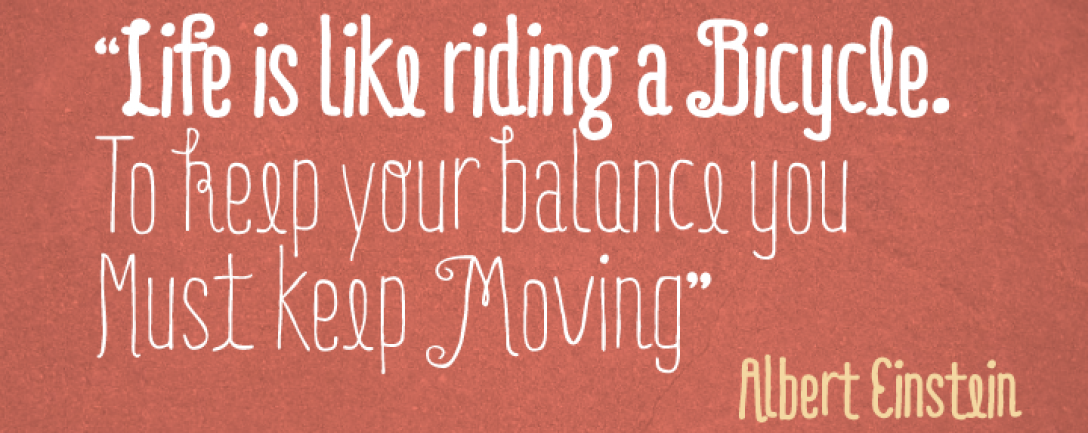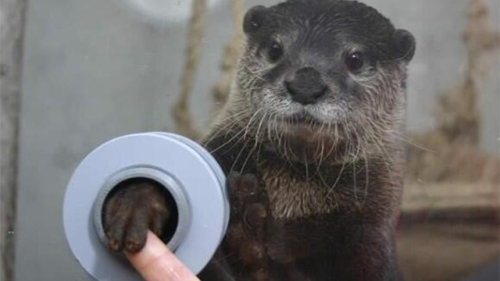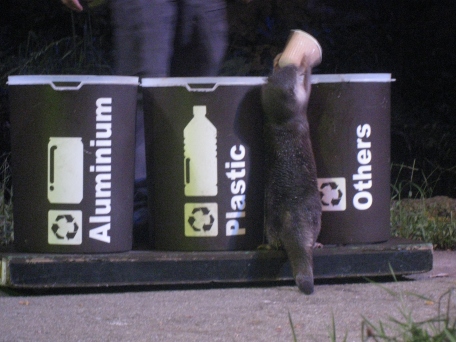The OT process is when we apply the theories of occupation in an ordered way to a practical situation. Many different models of the OT process have been developed, and they each attempt to guide a therapist through the stages of applying occupational theory to a practical client situation. Some models may be more useful in particular situations or with particular clients than others.
Part of the artistry of an being an OT, and the difference between being a technician and a professional, is being able to adopt a holistic approach and use a model most appropriate to the individual client’s unique blend of problems in order to achieve a positive outcome. Technicians follow instruction in order to carry out processes whereas professionals use a blend of artistry with science to determine the best model and interventions for each unique patient.

Some examples of OT process models are below:
- PEOP Person-Environment-Occupational Performance
- CMOP-E Canadian Model of Occupational Performance & Engagement
- MOHO Model of Human Occupation
- MoCA Model of Creative Ability
- Biopsychosocial model
- Max Neef model
- Capability approach
- Medical model
- Kawa (river) model
- Social disability model
- European Conceptual Framework for Occupational Therapy
- EHP Ecology of Human Performance
- OA Occupational Adaptation model
- OPM(A) Occupational−Performance Model (Australia)


